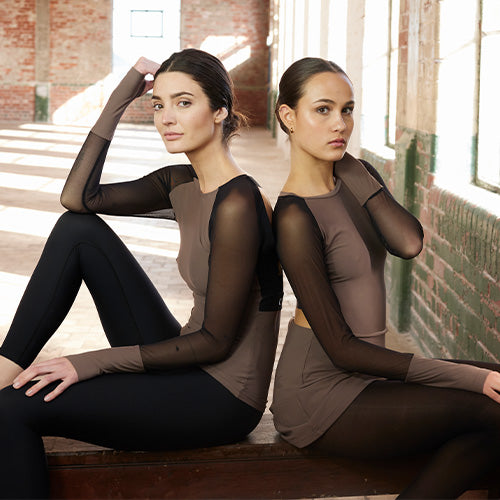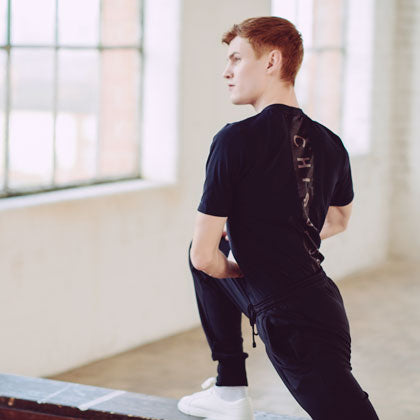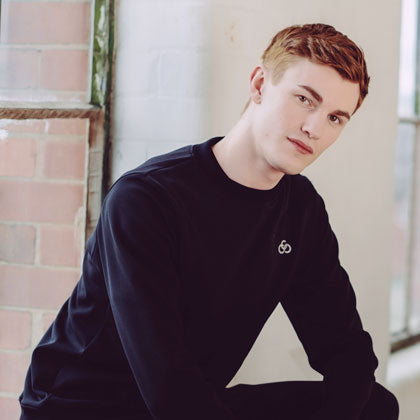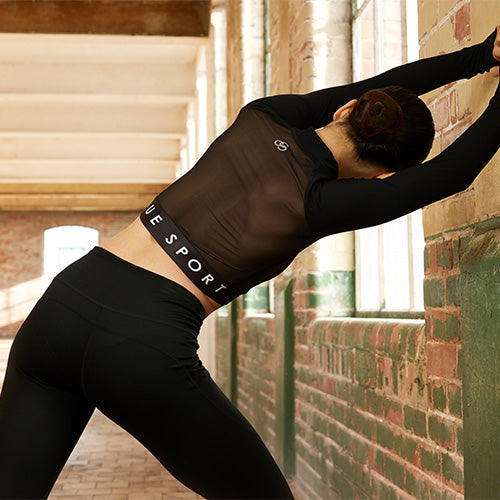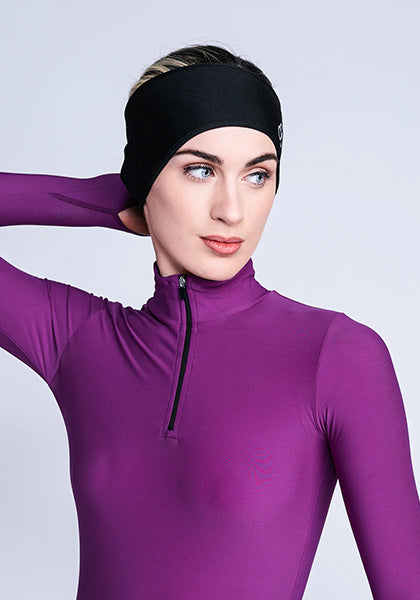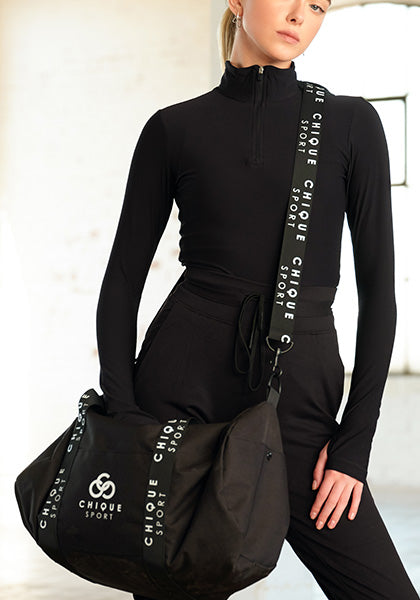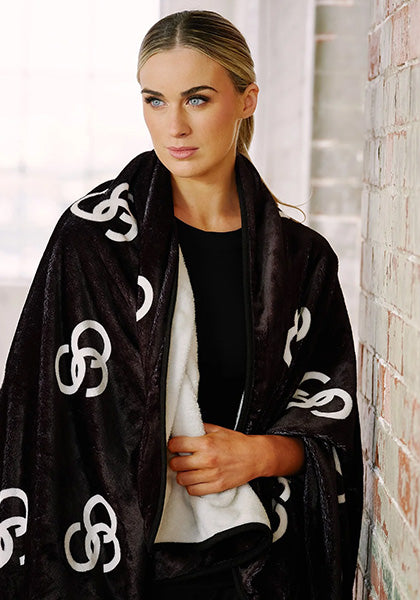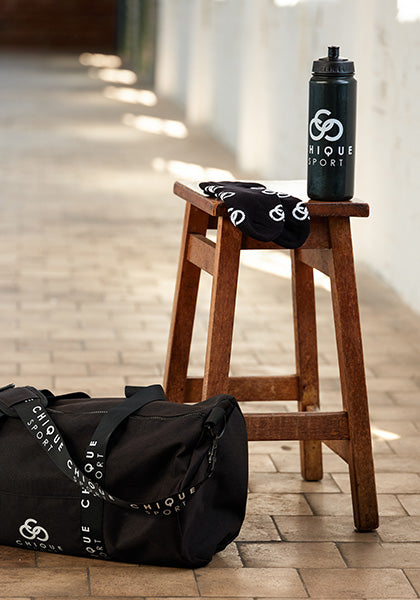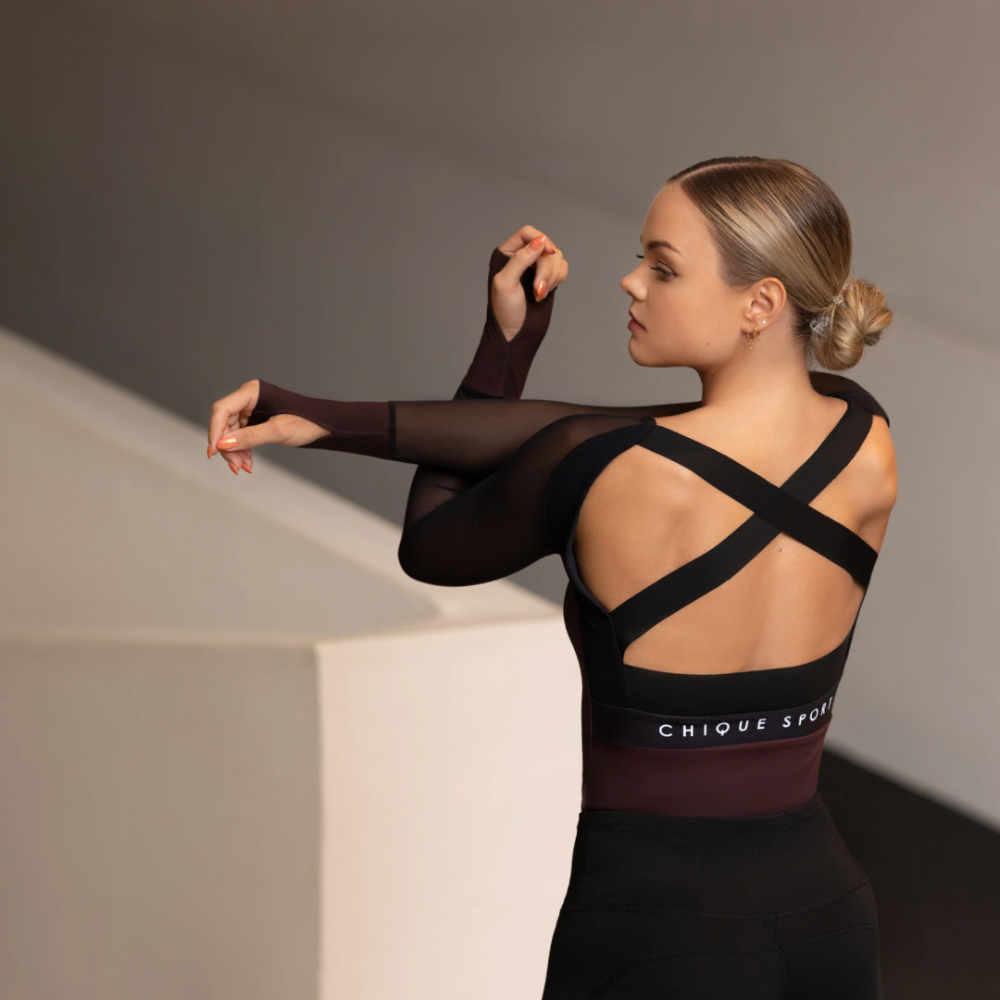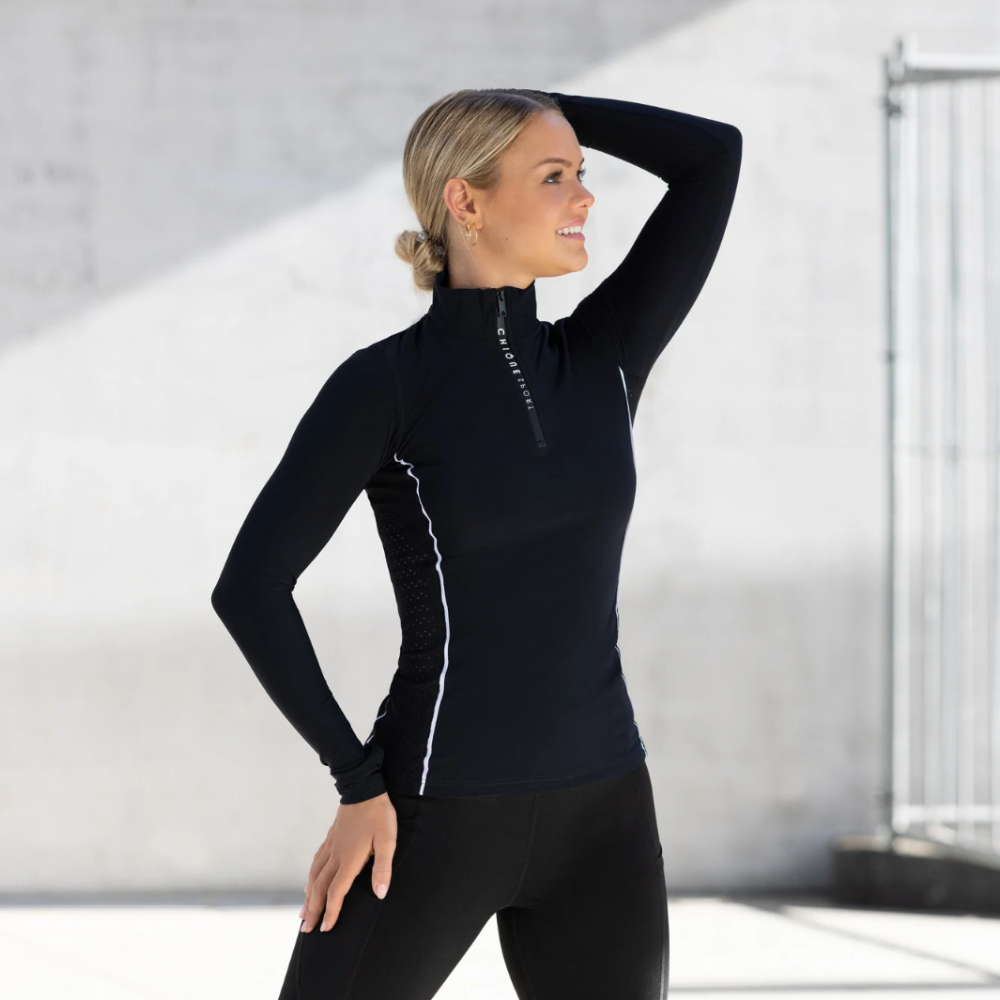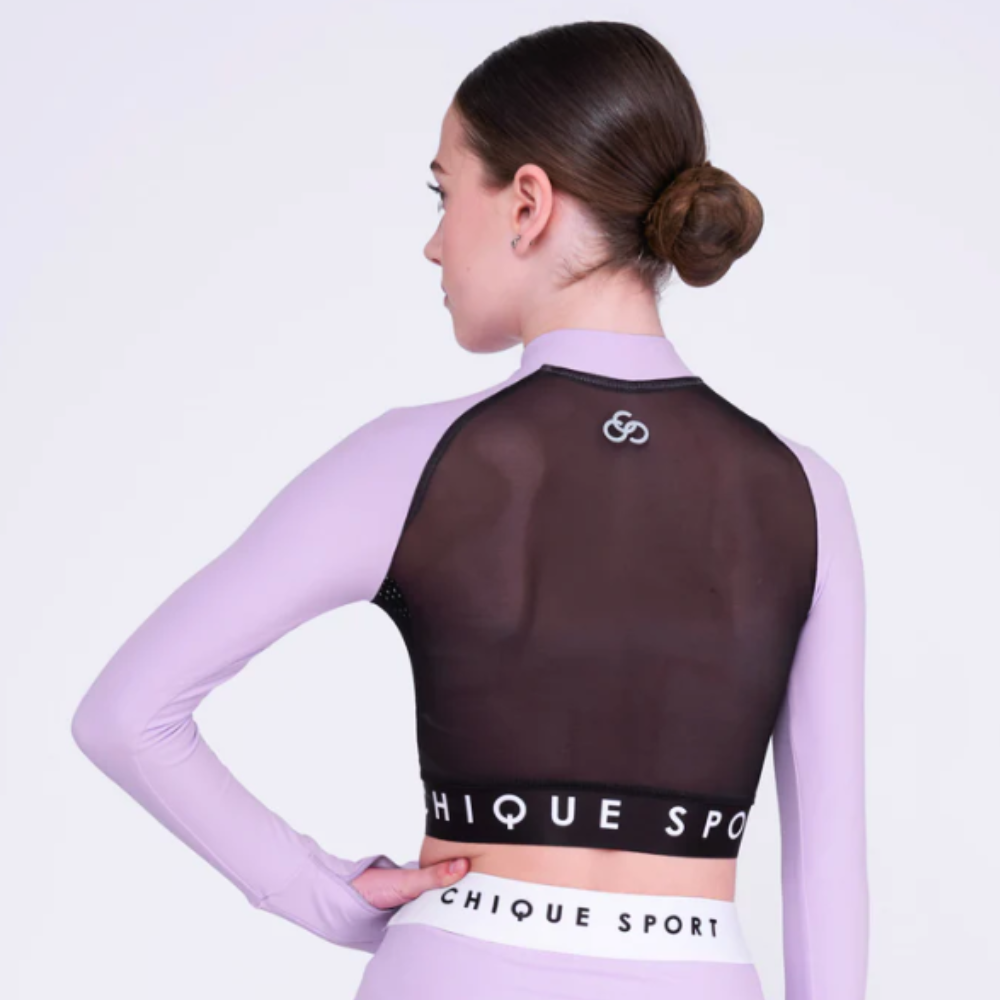Whether you're lacing up your skates for the first time or are a parent guiding your child through their ice dancing dreams, basic figure skating moves lay the foundation for future on the ice. Let’s sprinkle a little fun into your next ice rink session, with these easy self-taught ice skating tricks!
10 Basic Figure Skating Moves for Beginners
Finding reliable advice for learning basic figure skating moves can be quite a challenge, especially when you're a newcomer to the sport or guiding a beginner. With numerous sources online and varying levels of expertise, it’s tricky to know where to start.
In the US there are structured basic skills programs designed for both adults and kids, which are part of a graded curriculum to help beginners improve. The UK follows a similar structure with the National Ice Skating Association's (NISA) Learn to Skate programme, which provides graded levels for learning. Across Europe, national bodies like the German Ice Skating Union (DEU) and the French Ice Sports Federation (FFSG) also offer structured training programs, complete with certifications that mark the skaters’ progress through different levels.
We’ve curated our list with all these foundational skills in mind, integrating them with real-life experience from our community of figure skaters. Take a look to see if you can try these basic moves…
1. Forward Gliding
First on the list is "Forward Gliding" - a foundational move from which all fancy footwork stems. It’s essential for beginners because it helps develop a sense of balance and smooth movement across the ice, setting you up to tackle more challenging techniques with confidence. We advise anyone learning to ice skate, to start with forward gliding!
Here’s how to perform forward gliding:
- Start by standing still on the ice with your feet shoulder width apart.
- Bend your knees slightly and lean forward just a bit, keeping your weight evenly distributed.
- Push gently off the ice with one foot, then the other, letting your skates glide forward.
- Keep your arms extended to your sides to help maintain balance.
- Practise this until you feel stable and can glide further each time.
💡 Want to level up this basic move? Try “Backward Gliding” or even a “One-Footed Gliding”
Backward gliding is a beginner-plus level skill where you use the same principles as forward gliding but push backwards (watching your surroundings carefully!) One-footed gliding is a more intermediate step - where one skate is lifted slightly off the ice while you glide.
2. Snowplough Stop
Next we have the "snowplough stop”. This basic move allows you to come to a safe and steady halt on the ice, which is important when you're just starting to find your feet on the ice. It's the first stopping technique you’ll learn to avoid collisions with other skaters or crashing into the ice rink barriers.
Here’s how to perform a snowplough stop:
- Skate forward slowly to begin with as you get used to the motion.
- Slightly bend your knees to lower your centre of gravity (this helps with balance).
- Gently push the insides of your skate blades outwards and apart, digging into the ice.
- Apply pressure evenly on the inside edges of both blades to create friction and slow down.
- Keep your arms stretched out for balance, and your head up to remain aware of your surroundings.
💡 Want to level up this basic move? Progress to a "T-Stop"
This advanced stopping technique involves dragging one skate behind the other in a 'T' shape, providing a more abrupt stop.
We always advise beginners to wear figure skating gloves when learning stopping techniques. This means your hands are protected during the occasional fall on the ice.
3. Forward Swizzle
The "forward swizzle" brings a fun-factor to our list of basic figure skating moves! During the forward swizzle, skaters push forward on the ice in continuous rhythmic motion. Just as a canoeist uses their paddles to push water backwards and propel the canoe forward - the skater pushes against the ice outwardly with each foot to propel forward on the ice.
It's an excellent move for beginners as it boosts coordination and helps you understand how to generate forward momentum using the natural push of your skate blades.
Here’s how to perform a forward swizzle:
- Stand with your feet about shoulder-width apart and your toes pointing outwards slightly.
- Bend your knees slightly to get into a basic skating stance.
- Push your feet outward in a semicircle, then pull them back together, forming an hourglass shape.
- Repeat this motion moving forward, ensuring each swizzle smoothly transitions into the next.
- Keep your arms out to your sides for balance and focus your gaze forward.
💡 Want to level up this basic move? Switch to a “Backwards Swizzle”
This is a beginner-plus level skill where you perform the swizzle motion in reverse. Begin with your heels together and toes pointing out, then push your feet outward in a semi-circle and pull them back together, moving backward.
4. Forward Stroking
Forward stroking is another way for skaters to glide across the ice - perfect for building smooth and consistent momentum. This is a fundamental skill in figure skating because it forms the basis of all skating movements, teaching you how to effectively use your leg muscles to push off and maintain speed.
Here’s how to perform forward stroking:
- Start in a balanced stance with your feet parallel and shoulder width apart.
- Bend your knees slightly and lean a bit forward in your skates.
- Push off with one foot, using the inside edge of the blade, extending your leg fully to the side.
- Bring your foot back to the starting position and repeat with the other leg, maintaining a steady rhythm.
- Use your arms to help balance, swinging them gently in coordination with your leg movements.
- Focus on smooth transitions between pushes to keep a fluid motion.
💡 Want to level up this basic move? Give “Backwards Stroking” a go
This intermediate skill reverses the direction but uses similar principles. Start with your toes pointing inward slightly and push off using the inside edges of your blades to move backwards.
If you’re trying to master stroking on the ice, you might want to invest in a figure skating bodywarmer or gilet. These lightweight layers help maintain body temperature without adding bulk or constricting arm movement.
5. Two-Foot Turn
If you know how to pivot on the dancefloor, you’ll soon get the hang of a two-foot turn on the ice rink! This basic (but essential) figure skating move allows skaters to easily change direction and is great for beginners learning to move across the ice safely and with confidence.Here’s how to perform a two-foot turn:
- Begin by skating forward with both feet flat on the ice and your knees slightly bent.
- As you prepare to turn, shift your weight to the balls of your feet.
- Rotate your shoulders in the direction you wish to turn, allowing your hips and feet to follow smoothly.
- Keep both skates on the ice as you complete the turn 180 degrees to face the opposite direction.
- Finish the turn with your knees bent to maintain balance and control.
💡 Want to level up this basic move? Try the “Mohawk Turn”
This intermediate move involves changing direction while gliding on one foot before switching to the other without lifting the blades off the ice. (Sounds scary, we know! Best to try this one only after you’ve mastered all the basics on this list).
6. Forward Crossovers
Forward crossovers are the next skating trick on our list. These are a staple in all types of figure skating performances, both beginner and professional. Learning forward crossovers not only boosts your balance and coordination but also trains you to smoothly shift your weight and maintain momentum while taking turns on the ice.
Here’s how to perform forward crossovers:
- Start by skating in a small circle or around the curve of the rink, maintaining a steady forward glide.
- Shift your weight onto the inside skate (the one closest to the centre of the circle).
- Lift your outside skate and cross it over the inside skate, placing it on the ice to continue your path around the curve.
- Push off with the outside foot once it contacts the ice to gain more momentum.
- Keep the movement rhythmic, alternating your skates as you navigate the curve.
- Maintain bent knees and a slight lean into the curve for better balance and control.
💡 Want to level up this basic move? Challenge yourself with “Backward Crossovers”
Renowned skaters like Michelle Kwan and Scott Hamilton have used this advanced variation to add style to their performances. It involves performing the crossover action while moving backwards. (Again, another move to try once you’ve mastered the basics).
7. Lunges
If you’re a fan of lunges off-ice, just wait until you try them on-ice. This basic move not only breaks the monotony of straightforward gliding, but also builds confidence as skaters learn to shift their weight and maintain stability in more dynamic positions.
Here’s how to perform a figure skating lunge:
- Start by gliding forward steadily on one foot.
- Slowly extend the other leg behind you, lowering it towards the ice.
- Bend the knee of your front leg while keeping your back straight and your chest lifted.
- Extend your arms out to the sides for balance, creating a T-shape with your body.
- Hold the pose briefly, then smoothly rise back up and continue skating forward.
💡 Want to level up this basic move? Try a “Turning Lunge” or a “Knee Slide Lunge”!
These variations can make a Lunge move more challenging and look even cooler! The "Turning Lunge" requires you to rotate your body during the lunge, adding a spin element. Whereas the "Knee Slide Lunge" involves sliding the kneeling leg along the ice, which tests your balance and flexibility even further.
Figure skating lunges require flexible bottoms, for a full range of leg motion. Both professional and beginner skaters swear by our figure skating leggings when learning these basic moves, as they feature 4-way stretch material and cut resistant panels.
8. Outside/Inside Edges
If you’re new to figure skating, you might be unfamiliar with “outside/inside edges”. While it’s considered a basic figure skating move, it's very important to know about, because it forms the foundation for nearly every skating technique. So if you’re wanting to advance with your figure skating moves, you’ll need to practise this one religiously.
Here’s how to perform outside/inside edges:
- Begin by skating forward at a slow pace.
- For outside edges, lean gently on the outer edge of one skate while gliding, then switch and repeat with the other skate.
- For inside edges, shift your weight to the inner edge of one skate, maintain the glide, then switch to the inner edge of the opposite skate.
- Keep your knees slightly bent and your arms outstretched to help with balance.
- Focus on smooth transitions between edges without any jerky movements.
💡Want to level up this basic move? Try “Backwards Outside/Inside Edges”
Advancing to backward edge work is a significant step up, appropriate for intermediate-level skaters. This move challenges you to apply the same edge control while moving backwards.
9. Bunny Hop Jump
The "bunny hop" is coined after the first hop of excitement a baby rabbit makes! It’s a simple but playful jump in figure skating that introduces beginners to in-air movements on ice. Learning the bunny hop is great for getting used to the sensation of leaving the ice and landing safely, a fundamental skill for mastering more complex jumps.
Here’s how to perform a bunny hop:
- Start by skating forward at a comfortable speed.
- Bend your knees deeply to prepare for the jump.
- Spring up by pushing off with both feet simultaneously, keeping your toes pointed.
- While in the air, lift your knees slightly and keep your back straight.
- Land on both feet with knees slightly bent to absorb the impact, continuing to glide forward.
💡 Want to level up this basic move? Try a “Toe-Loop” jump next
Progressing to a toe-loop jump, where you launch off one foot using the toe pick, is a great next step. Working through different types of figure skating jumps like the salchow or axel jump will further develop your jumping technique and on-ice confidence.
10. Two-Foot Spin
Finally, the last basic figure skating move on our list is the "two-foot spin"! This fundamental figure skating move is where skaters learn the art of spinning gracefully on the ice with both feet together. It's an excellent skill for learning the basics of rotational motion, building balance and core strength.
Here’s how to perform a two-foot spin:
- Begin by gliding forward gently on two feet.
- Bring your feet together and slowly pull your arms close to your body.
- Pick a point to focus your eyes on to help maintain balance.
- Start turning by pushing slightly with one foot to initiate the spin.
- As you spin, keep your body upright and your knees slightly bent.
- Gradually reduce the circle of the spin by pulling in your arms and tightening your core.
- Slow the spin to stop by extending your arms and stepping out gently.
💡 Want to level up this basic move? Progress to a “One-Foot Spin” once you feel confident
This advanced spin involves lifting one foot off the ice and balancing solely on the other, significantly increasing the challenge and skill level.
Master the Basics with Chique Sport

We’ve covered some exciting basics when it comes to figure skating moves, from the playful forward and backward swizzles to the fundamental skills of forward crossovers and edge control.
But remember - mastering these basic moves takes patience and practice. Consistency is key both on and off the ice, so keep at it and you'll see your skills blossom!
Here at Chique Sport we understand the effort it takes to excel in figure skating, especially when you're just starting out. Our figure skating clothing is designed to support both beginner and professional skaters, trusted for it’s high-performance fabrics, moisture-wicking technology and stylish designs.
Check out our full range of figure skating clothing and accessories for men, women and kids!


